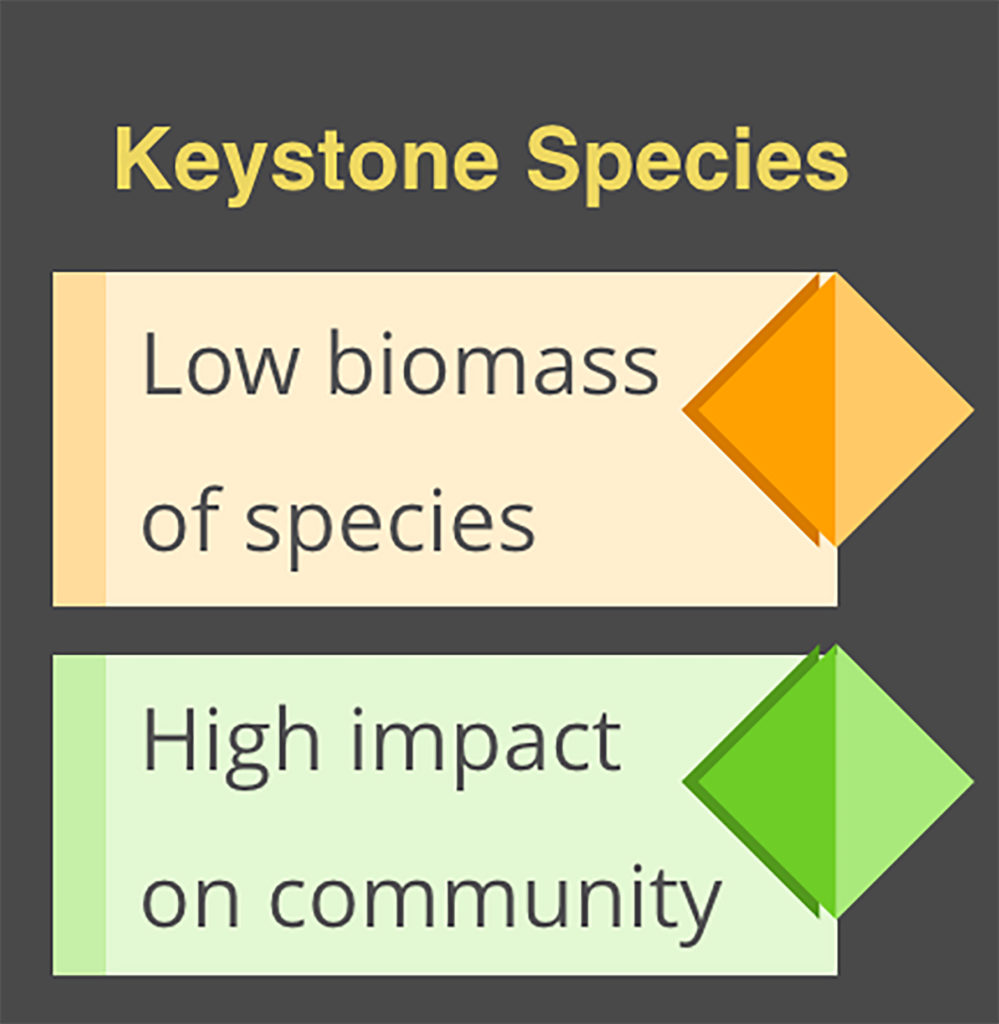
Tidal Zones Surviving Extreme Conditions


Tidal Zone Objectives:
- Describe the risks to organisms in the tidal zone.
- Explain how (and why) life survives in tidal zones.
- Provide examples of keystone species in the tidal zone and near shore environments.
Organisms along the rocky coast endure some of the most extreme conditions on Earth.
This is Devil’s Churn on the north side of Cape Perpetua. The name gives it away.
We are at one of our favorite locations on the Oregon Coast: Cape Perpetua on highway 101, just north of Florence, Oregon. There is a visitor’s center, bathrooms (very important), a forest to explore, and famous tide pools (also called tidal pools).
There are safety and wildlife signs everywhere. Not only in this a protected marine reserve for organisms, the extreme conditions have been hazardous to visiting humans.
Even if you have years of experience on the coast, always pay attention to the water and designate one person in your party to watch for the safety of others. Even with our years of experience researching and teaching on the coast, Lesley has impressive scars on her right knee from a tidal pool incident. It could have been much worse.
Scoured out rocks can create pools of water when the tides recede. The tide pools (also called tidal pools) may provide wet conditions for organisms, but there are also risks associated with living in these pools.
From your experiences and/or the videos, what risks can you think of?
Possible threats include: warming temperatures, changing pH, limited food, exposure to predators, competition for space, incoming waves, etc.

Despite harsh conditions, tidal pools have the ingredients for life: water, sunlight, and nutrients.
Organisms in tidal pools face significant threats. Along sandy shores, organisms can dig into moist sand. In rocky tidal pools, animals have ways of retaining moisture at low tide.


Hermit crabs have protective shells, barnacles have mineral structures that retain moisture.

Some of the best known organisms of near shore and tide pool habitats are the sea stars.
Along the Oregon coast Pisaster ocheaceus is shades of purple, brown, and orange are found in many tide pools at low tide.


A disease killed massive numbers of pacific coast sea stars in this decade, and this had an unexpectedly significant impact on other tidal pool species.
A keystone species has a disproportionately large impact on its community, even if it does not have a high biomass.
Loss of sea stars caused the animals they ate to increase dramatically in number, and this effect cascaded through the food web, changing the community significantly.

This is a scan of a tidal pool at low tide. Note how dramatically different the organisms are lower on the rock where they are cooler and wetter. This is why it is worthwhile to plan a coastal trip using tide tables.
You may have experienced reaching the tidal pools at high tide, when most of the rocky pools you want to explore are under water. Keeping an eye out for any possible sneaker waves, there can still be a lot to see in the higher pools.

These high pools are warmer and often have freshwater mixed in with the saltwater.
This is not the place for sea stars and anemone, but the brownish-green algae flourishes, supporting a unique food web.
It may take a moment to adjust your eyes to the smaller scale, but then you can see that life is everywhere in these small pools that most people walk right past.
The next section explores coral reefs, including the amazing endosymbiotic relationship that makes these reefs possible.

Check your knowledge. Can you:
- Describe the risks to organisms in the tidal zone?
- Explain how (and why) life survives in tidal zones?
- Provide examples of keystone species in the tidal zone and near shore environments?



